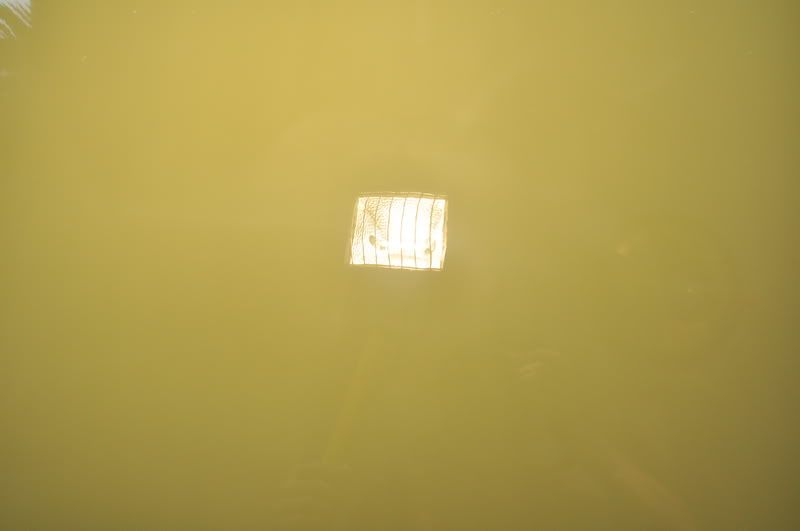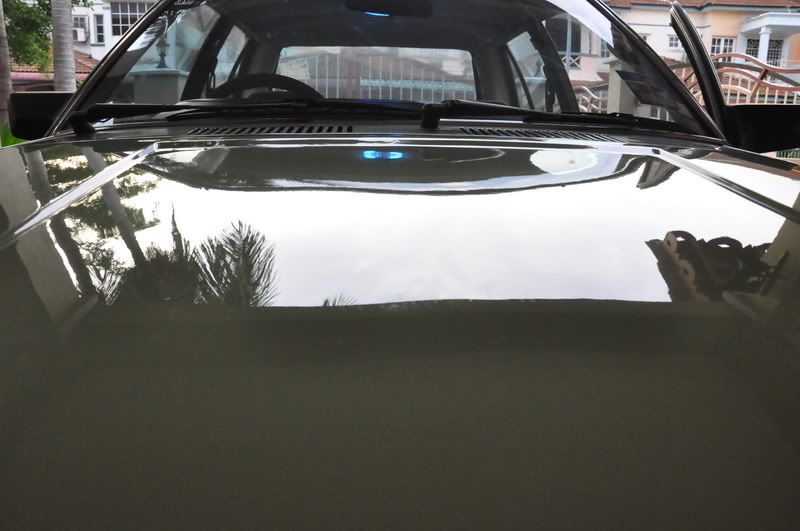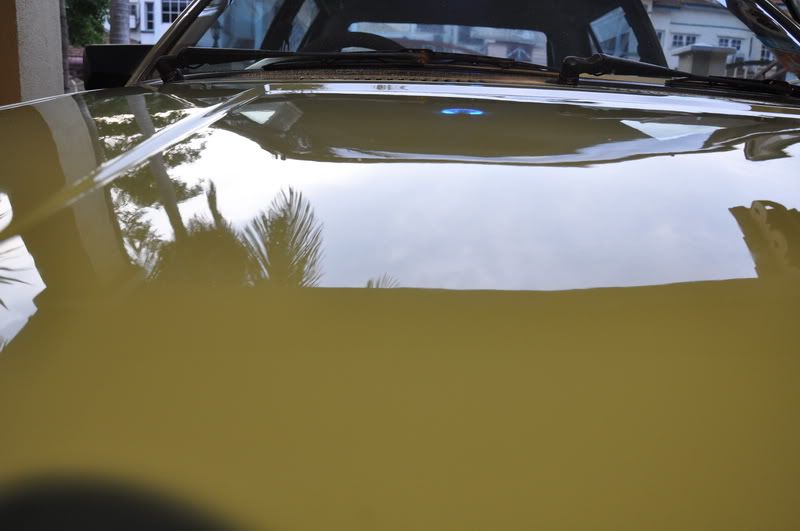Eggie86
Club Guest
- Joined
- Feb 16, 2009
- Messages
- 7,282
- Points
- 38
Sharing with you an interesting Q&A published in Star Motoring recently. Quite informative. Number 2 quite true in the sense that KC has also brought this to our attention all this while on the dangers of using such covers in our weather. Q1: Clay bars are also an important detailing tool. Your first article did not mention claying. At what stage do you start to use it? Yes, clay bars are important and is an essential tool for any detailer but it is used only periodically during detailing and maintenance processes as a decontaminant with the objective of removing oxidation, certain levels of tar and road grime. If you find that your car's paintwork has a rough, textured surface after a wash, it would usually be an indicator that the paintwork needs to be decontaminated. We discuss its use in the Feb 27 Finishing Touches column. Q2: I'm thinking of getting one of those plastic covers you can buy from Eneos or Brothers for my car and wondered if it could damage the paint. I would use them in my porch. Specifically if you're asking about polyvinyl chloride i.e. PVC covers, keep them for outdoor furniture. They have absolutely no place on your car's paintwork, especially in our humid tropical weather. The trapped heat and moisture can have a detrimental effect on paintwork and when it comes to budget car covers (cost being the key deciding factor for which they are usually purchased in the first place), the molecular structure degrades and begins to melt and transfers to the paintwork. When parked under sunlight, it causes the PVC covers to have an endothermic reaction and a permanent impression of the cover being left on the paintwork is likely to be the result. Given sufficient time to bond, the affected panels usually require a repaint. Avoid at all costs. If anything, purchase a microfibre car cover for indoor use under-shade. It will allow the paintwork to breathe. We'll talk more about this in upcoming articles. Q3: Are tree saps as damaging to paintwork as bird droppings? They are both equally damaging to paintwork and must be avoided as much as possible. Even the highest quality clear-coats are prone to failure on extended exposure to either tree sap or bird droppings as a contaminant. Two primary catalysts, heat and moisture, enable these contaminants to act destructively by turning them acidic. And in our humid tropical weather, it can spell disaster. During hot days, the reactive contaminants etches through the clear-coat leaving either a hazed-out area and/or micro-fissures that can potentially penetrate all the way through to the metal-sheet underneath the paint. I made it a habit from the first time I owned a car to have a large bottle of water (yes, older cars have a tendency to overheat as well!) to allow me the option of rinsing these contaminants off the paintwork surface until I can get it home for a thorough wash. I also would keep a pack of facial wet-wipes which contain isopropyl alcohol (baby wipes tend to use gentler formulations) in the car permanently for a ton of uses, one being that I can gently wipe off excess contaminants to minimize the amount of residue. After a proper wash, any light marring can usually be reduced/removed using a small amount of light-abrasive car polish (which will be covered in future article series). Very simple steps but it will save your paintwork from premature damage.Here's the link to the original article:http://star-motoring.com/Features/Finishing-Touches/Use-clay-bar-periodically.aspx









